- This event has passed.
Ibec Seminar. Rob Jelier
Microscopy, mechanics and modeling in multicellular systems
Rob Jelier, associate professor at CMPG, Faculty of Bioengineering, KU Leuven
Understanding how cells self-organize into functional multicellular systems is central to developmental biology. The physical behavior of cells arises from the interplay of cellular differentiation state, biochemical signaling, and mechanical inputs. A crucial aspect of investigating this process involves characterizing the dynamic generation of forces by cells. In this talk, I will present several examples from my lab where we use highly accurate cell shapes from fluorescent microscopy as the basis for model-based computational analyses. The early embryo of the nematode C. elegans is used as a model. First, the cell shapes are used to infer the forces that cells exert on each other. Force Inference by Discrete Element method Simulation (FIDES) applies a flexible mechanical model of cell shapes, with active processes such as division and protrusions. Second, the C. elegans zygote has a striking cortex, with large foci of non-muscle myosin connected with thick actin bundles. By modeling these nematic structures, we explored whether they have an actual functional role in development. Third, we leveraged the cell shapes and our modeling framework to study a dynamic morphogenetic process in detail: the start of gastrulation. We showed that ingression arises from the combined action of localized actomyosin contraction, friction-based force transmission, coordinated cell divisions, and global tissue flow. Our current work applies our toolset to the study of murine and human development.
Rob Jelier is an associate professor at CMPG, Faculty of Bioengineering, KU Leuven. His research combines computational and engineering approaches with experimental biology to address fundamental questions in genetics and embryonic development. In yeast, his group investigates how molecular network complexity interacts with predominantly additive effects of genetic variants, using experimental evolution assays to probe adaptive potential. In animal morphogenesis, his team develops computational and experimental tools for quantitative embryology in C. elegans, studying how cells coordinate and generate forces to shape tissues. This work includes the development of optogenetic tools, image analysis and cell simulation software, biophysical models, and deep learning approaches for cell shape.
He teaches across the MSc of Bioinformatics, BSc Bioscience Engineering, and MSc of Cellular and Genetic Engineering, supervising over 40 MSc theses and serving as program director for the MSc of Bioinformatics since 2023. Previously, he restructured the MSc of Cellular and Genetic Engineering, transitioning it to English and doubling enrollment, making it the largest master’s program in the faculty.
Since 2019, he has led the CMPG research unit (7 professors, ~100 staff), overseeing automation in high-throughput experiments including pipetting and screening robots, a robotized plate reader with plate hotel, and automated fluorescent screening microscopy. He held a sabbatical from September 2024 to January 2025, visiting the University of Washington (Cole Trapnell), the MRC Laboratory of Molecular Biology (Kate McDole), and EMBL-Barcelona (James Sharpe).





